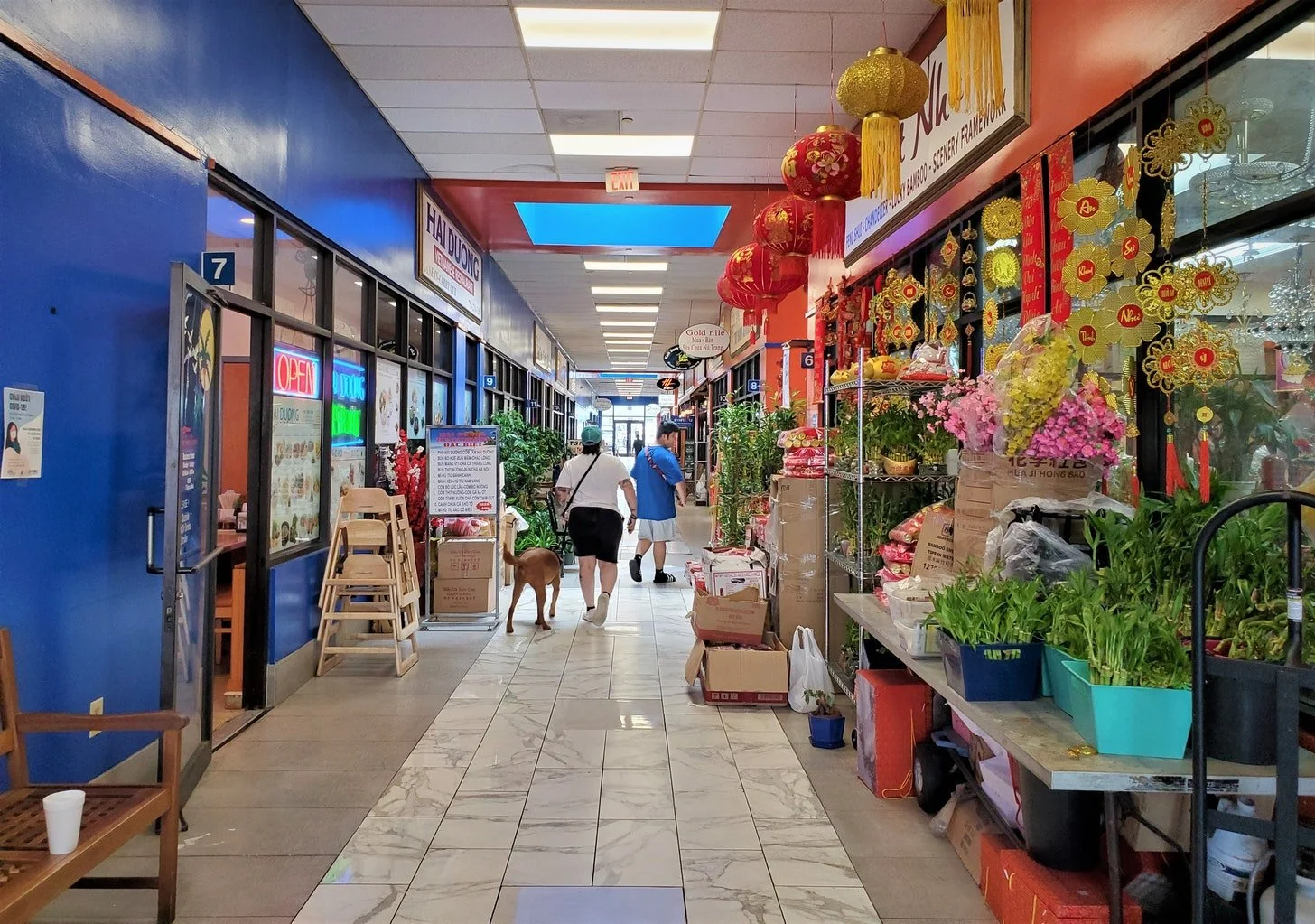Could Immigrants Play a Role in Strengthening Your Town?
Across the Rust Belt and Midwest, cities are struggling to stay afloat economically . Whether it is a consistently declining population in Detroit and St. Louis, an unskilled and aging workforce in Cleveland, or a collapse in the entrepreneurship needed to grow a new tax base, many American cities are struggling. But there is an often unseen population helping to mitigate some of these challenges: our nation’s immigrants.
According to the New American Economy, an immigrant in St. Louis is 29.2% more likely to be an entrepreneur than a U.S.-born resident. Immigrants in Detroit account for 67% of the working population between 25 and 64 years old. These populations in declining cities mean filling worker gaps and starting new businesses that contribute to the economy and tax base.
In St. Louis, entire business districts, such as the neighborhoods of South Grand, Cherokee, and Dutchtown, have been reenergized by immigrant-owned businesses. South Grand is a once-languishing commercial corridor that is now home to over 50 local businesses, including restaurants from 14 different countries.
“We like to brag that we have more countries represented in our six block business district than are in Epcot,” said Rachel Witt, Executive Director of the South Grand Community Improvement District, referring to the internationally themed park at Disney World. The CID brought in $133,000 in revenue from the district last fiscal year just from the .005% sales tax they are allotted.
South Grand was also recognized by the American Planning Association’s Great Places in America in 2017. In St. Louis, population surges from Vietnamese refugees in the 1970s and later Bosnians in the 1990s have partially offset the steady decreases in population since the mid-20th century.
The Great Lakes region, including Wisconsin, Illinois, Indiana, Michigan, Ohio, Pennsylvania, and New York, has lagged in population growth compared to the national average—experiencing just 4.3% growth from 2000 to 2015, compared to 14.2% growth in the United States as a whole. But half of that increase stems from foreign-born populations.
Shrinking cities like Detroit and Buffalo bear some of the greatest economic burdens. Their populations and tax bases continue to decline, but the need to pay for services, such as resurfacing large swaths of auto-oriented roads, remains. The arrival of immigrants in those cities has helped stanch some of the bleeding.
An abandoned factory (via Pixabay)
For Detroit, this foreign-born population also provides a much needed workforce. Many cities in the region are reckoning with a “skills gap.” The gap is the difference in the skills needed by employers and the ones prospective employees have. Economies like those of Michigan and Ohio were built on blue collar manufacturing jobs with low skills requirements. But according to the America’s Divided Recovery report from Georgetown University, those industries have been the slowest to recover since the recession.
The demographic of newcomers has helped retain manufacturing jobs in the region by filling the gaps at the lowest and highest levels. Immigrants are more likely than native populations to have either a less than high school degree or a college and post-graduate degree, according to The New American Economy. Comparatively, U.S.-born populations in the Great Lakes region are likely to fall in the middle, with many residents having a high school diploma and some college. Filling needed positions is a major hurdle in retaining the remaining manufacturing businesses left in these regions.
As our cities fall further into decline and we find ourselves looking for more creative solutions to overcome our financial challenges, accommodating new immigrant populations may be one part of the key to creating financial solvency. Cities and towns that have lost population might prove fertile ground for hard-working, entrepreneurial new arrivals in neighborhoods where newcomers are a welcome sight.
(Cover photo by Aubrey Byron)





Small-scale, incremental development works in the suburbs too, if we let it.